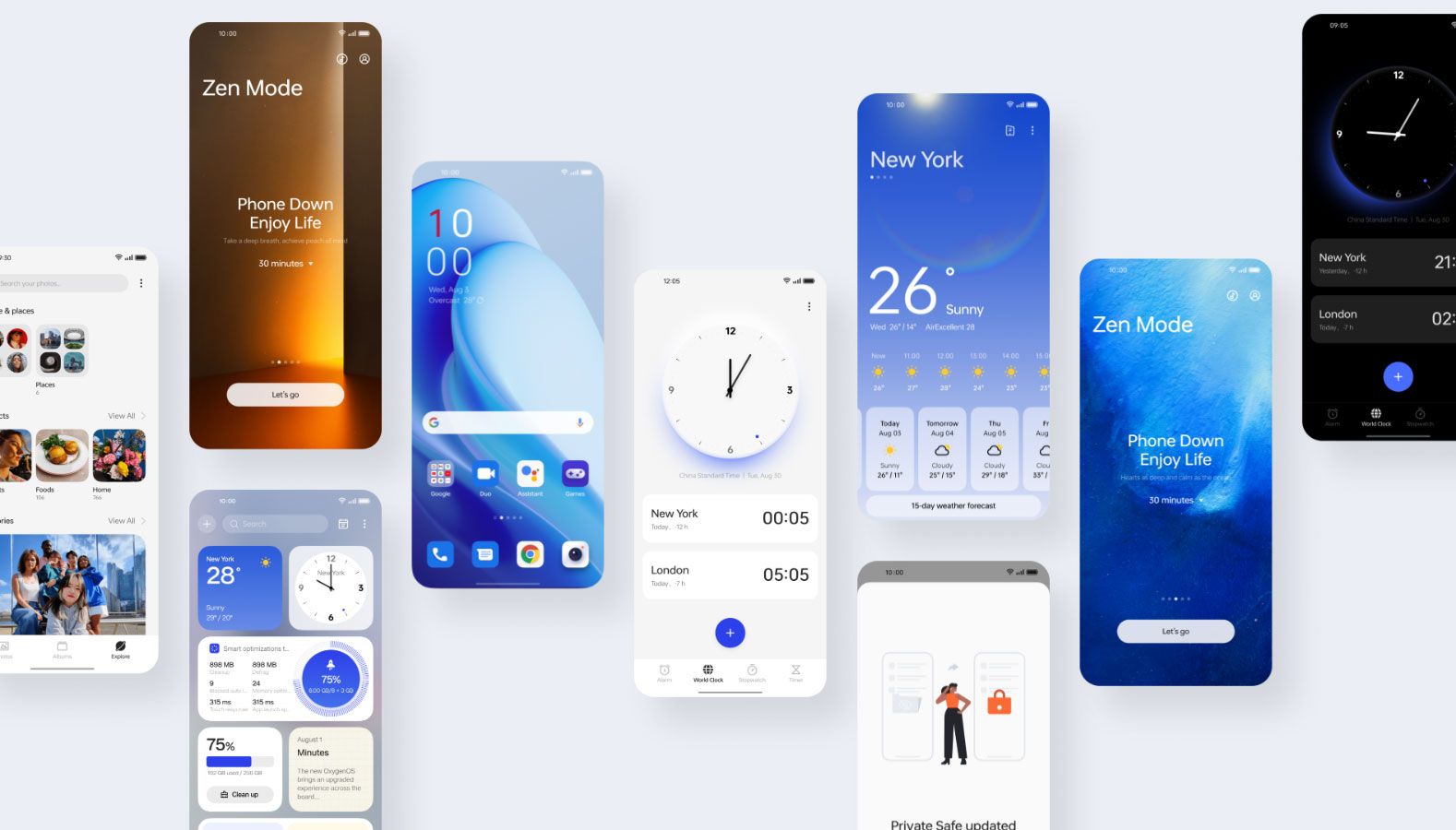OnePlus has just gone official with the OnePlus 10T, a phone that’s not arriving without a healthy dose of controversy, having dropped (temporarily, we hope) its iconic alert slider. But when it comes to questionable moves from the company, none stand out more prominently in recent memory that the decisions it’s been making with regard to its software — and specifically, the influence of ColorOS upon OxygenOS. After all the ColorOS pushback, we've been hugely curious to see what the next step would look like, and today we got a preview of just that, as OnePlus drew back the curtain on OxygenOS 13.
While featured alongside the OnePlus 10T at the phone's launch event, OxygenOS 13 won't initially debut on this handset, and all the company's willing to offer at the moment is that an update should be landing sometime before the year's out. Before that happens, though, the OnePlus 10 Pro will get first crack at the software — though again, OP's not being super-forthcoming about a specific release window.
OxygenOS 13, based on Android 13, adopts a look OnePlus calls Aquamorphic Design, which basically just means "round and smooth." That's a trend that's largely present in the Android 13 betas we've seen for Pixels, too, and OnePlus seems to just be taking Google's idea and running with it. Similarly, Nearby Share and Fast Pair got some specific attention in today's announcement, even as both are already familiar Android components. Interestingly, the company specifically brands the latter as "OnePlus Fast Pair."
As for tricks of its own, OnePlus talked about features like its AI System Booster, intended to maximize RAM allocation while making apps quick to switch between, which we sure hope helps repair the brand's reputation for aggressive background app killing. Even though the new 10T isn't going out of its way to label itself as a "gaming phone," that's kind of focus is clearly a big draw here, and OxygenOS 13 will try to push the new hardware to its limits with its HyperBoost performance mode. Much of this stuff isn't exactly new-new, but is getting tweaked along with everything else for the big new release.
Speaking of familiar features, ZenMode is making its return — and that's probably a good thing, because if you were stressed about Color OS, you're going to need its help. The impact here is hard to ignore, and it sure seems clear that the shared codebase can't help but bleed through more than a little into OxygenOS's UI.
What's that going to mean for how this update is ultimately received by its very vocal, very opinionated user base? The OnePlus we saw take the stage today felt a lot more reflective than we've seen from the company in the past, and while that gives us hope that it's interested in bringing users what they actually want (rather than what OP tells them they want), we're going to have to wait for OxygenOS 13's ultimate release to really say for sure.


